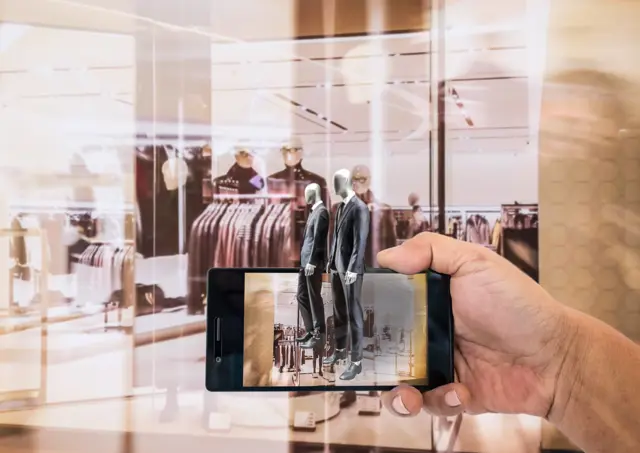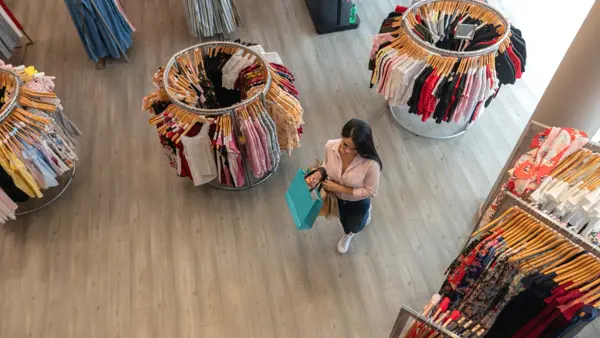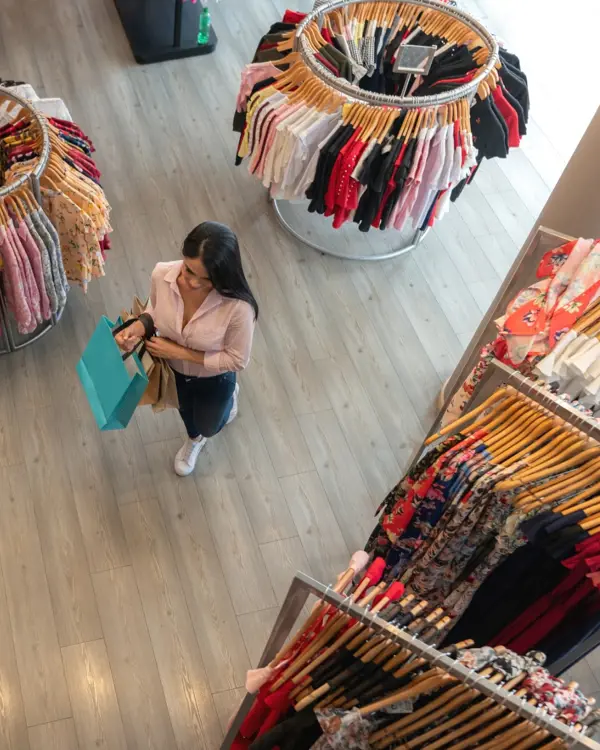Keeping your customer satisfied
Customer satisfaction is the beginning and the end of a retail journey that never ends. Providing a seamless experience in both online and offline channels is becoming the bare minimum for brands and retailers. And customer expectations are ever increasing. Customers demand products and services at the click of a button and don’t settle for second-best.
Your website and physical store should always be able to show the correct stock and delivery time of the product. Unavailable in a physical store? Make sure your first line worker offers to order it online, or for the item to be picked up at another store nearby. The best shopping experience is the new standard, and if you offer lower speed or service then you are quickly out of favour. Research confirms that 70% of all global shoppers want the levels of service they get from Amazon Prime from other brands as well.
Fantastic, personal shopping experience
Margins are getting tighter, this means that retailers need to invest in digital platforms that satisfy shoppers. So how does your customer want to be served? They want to place an order wherever they are: in a store or online. The experience should be fantastic and personal. As McKinsey research points out, customers want no difference in channels, have no desire for assistance with transactions and do not want to wait for delivery.
Freedom of choice
When you place an order, you want to choose when and where it is delivered. When you, for example, order shoes you want to be able to choose whether they will be delivered at home tonight, at your work address tomorrow morning, or in a locker tomorrow night. If you order several products at once, you want to have the choice of having them delivered individually to the desired location, at the desired time or bundled in one single delivery. And of course, you must always be able to know where the products are and whether they will be delivered as agreed.
It is five times more expensive to recruit new customers, than it is to retain existing ones. And if the customer retention increases by 5%, profits grow with 25-95%.

Personalisation is key
Do you know your customer? Really, you should know who your customer is and what they want to buy now and in the future. Creating customer profiles with data is the only way you can make truly relevant offers. McKinsey sees that fast-growing companies drive 40 percent more of their revenue from personalisation than their slower-growing counterparts.
Investing in Personalization pays off
It is time for a new strategy. Implementing some of these strategies will result in a minimum 10% increase in customer loyalty. After all, we know that on average it costs 5 times more to acquire new customers than to retain existing customers and that a simple 5% increase in customer retention can increase profits by 25% to 95%.
Personal Relevant Offers
Your customer wants to be helped with relevant cross and
upsell offers. So if you‘re selling sneakers to a teenager, during the sales process you should also offer matching shorts, shirts and socks. And match that with what similar teens bought with them as well. Take it a step further and see which influencers this customer is following. Perhaps one of them wears complementary accessories in their latest post thereby inspiring your customer to buy them too. And of course, send seasonal and birthday greetings with buying tips. These should be personalised and relevant, so customers feel valued.
Increase customer loyalty
Retaining customers is hard nowadays. But a simple message via an email, at the right time, with a relevant and personalised offer can oftentimes be enough to spark a new engagement and consequently a new purchase. On average, for every $1 spent on email marketing, a retailer can expect a return of $36, with most of this return coming from existing customers. Combine a personalised email with real-time customer journeys to increase customer loyalty. And start payment linked loyalty programs and shopping apps as well.
Reshape your business model
You need to be able to know what your customer wants to buy not only now but also in the future, in order to adjust your operations accordingly. What are your core values and do they serve your customers? Think about the identity of your business and your competitive advantage. This is not just one project, it’s an ongoing journey reshaping your business model to fit your customer.


